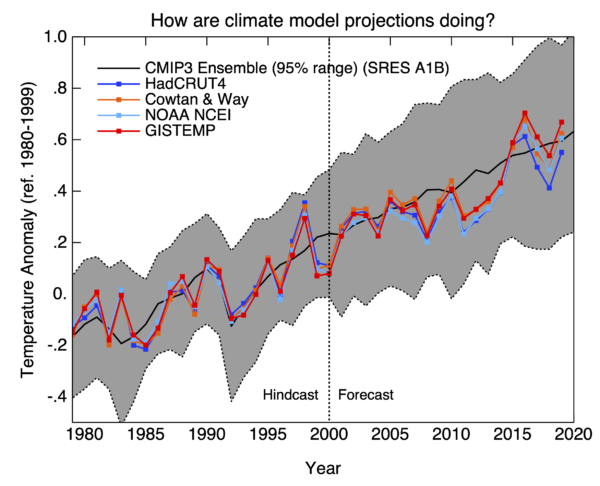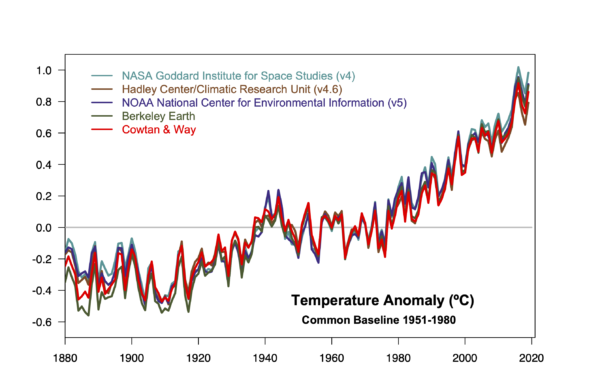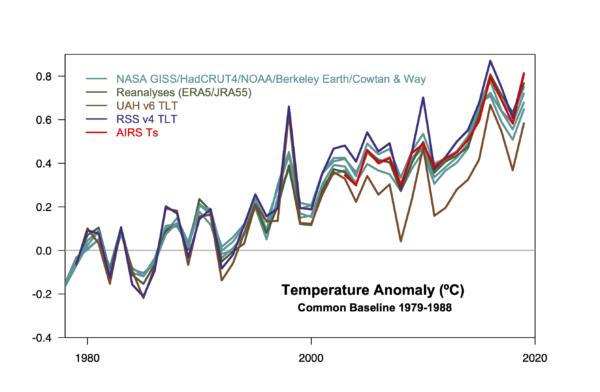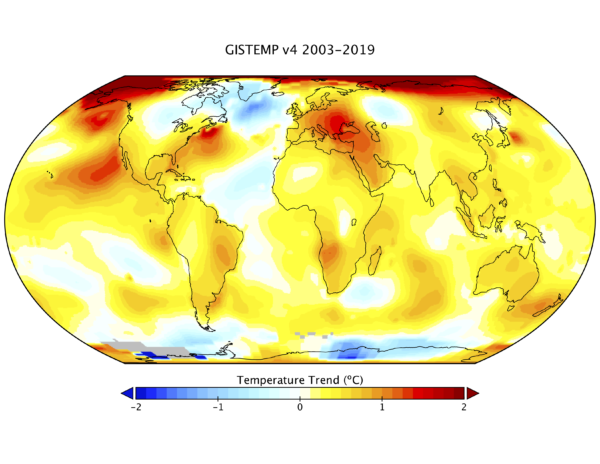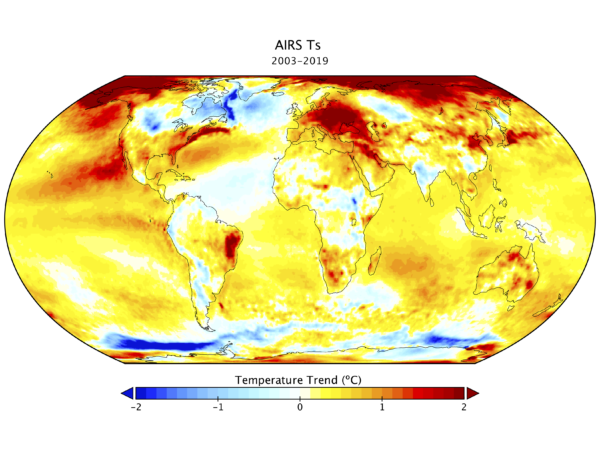The Zharkova et al paper that incorrectly purported to link solar-climate effects to movements of the Sun around the barycenter has been retracted.
This paper generated an enormous thread on @PubPeer where the authors continued to defend the indefensible and even added in new errors (such as a claim that the Earth’s seasonal cycles are due to variations in the Earth-Sun distance). Additionally, it seeded multiple nonsense newspaper articles in the UK and elsewhere (some of which were quietly deleted or corrected).
But the interesting thing is that this cycle of very public solar claim/counter-claim/claim/retraction was totally predictable.
[Read more…] about Why are so many solar-climate papers flawed?References
- V.V. Zharkova, S.J. Shepherd, S.I. Zharkov, and E. Popova, "Retraction Note: Oscillations of the baseline of solar magnetic field and solar irradiance on a millennial timescale", Scientific Reports, vol. 10, 2020. http://dx.doi.org/10.1038/s41598-020-61020-3

